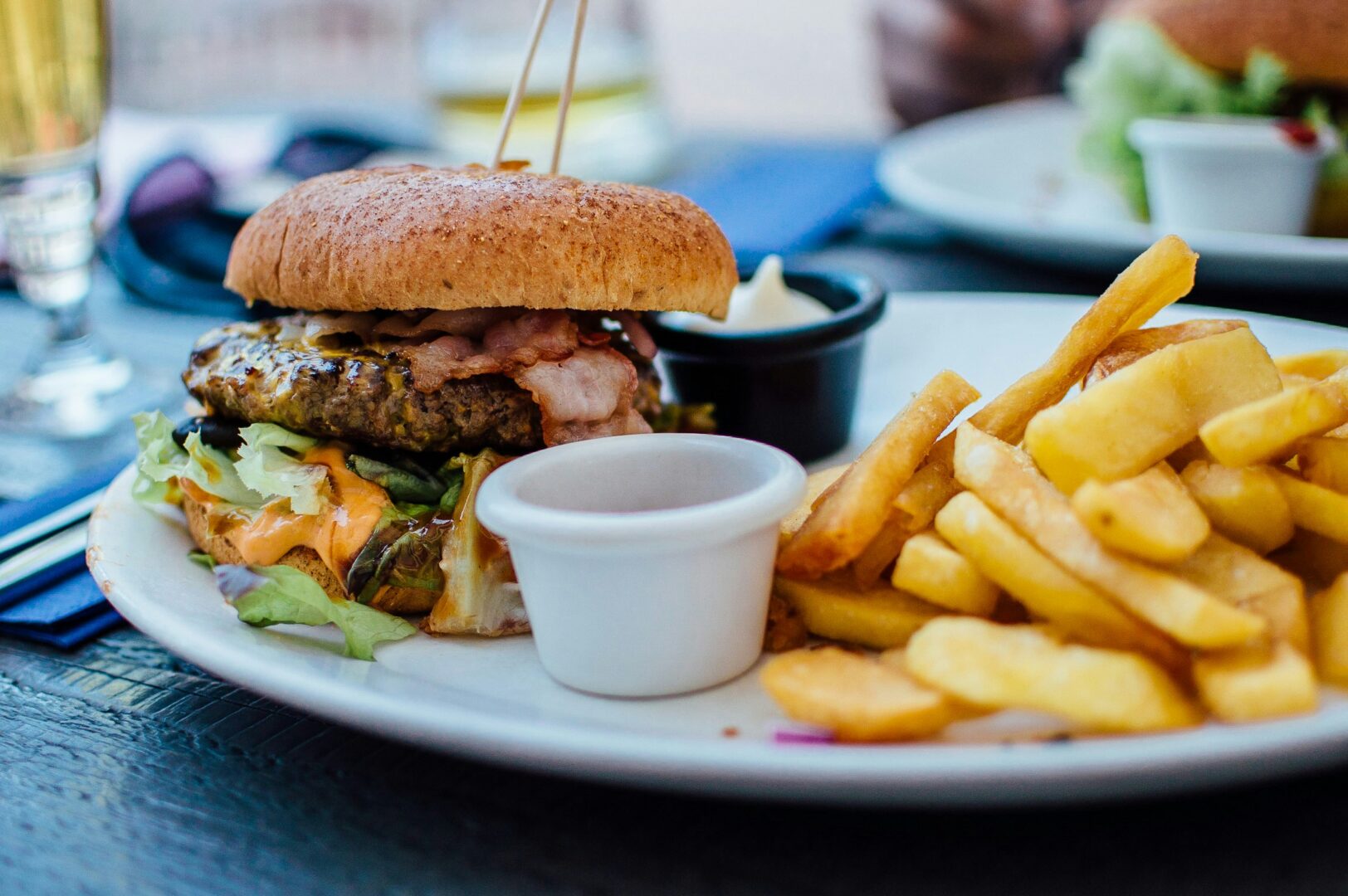The idea of lab-grown meat sounds pretty futuristic, as if it’s been pulled straight from a sci-fi film and implanted into the modern world.
And, sure, it’s definitely a crazy concept, there’s no doubt about that – something that tastes exactly like meat and is identical in construction, apart from the fact that it was never actually a living, breathing animal. Imagine a delicious beef burger or a juicy steak that didn’t require a single cow to be slaughtered?
Well, while this might have been confined to the likes of films including “Interstellar” and Tron” in the past, but nowadays, it’s part of our reality. Scientists have managed to develop a product that is indistinguishable from meat but is grown in a lab.
But, how exactly is lab-grown meat made?
Producing Lab-Grown Meat: The Process
Creating lab-grown meat is a complicated scientific process that requires great care and attention to detail. Here’s what’s involved in the process.
Collecting the Cells
It all starts with a few tiny cells. Scientists take a small sample of muscle cells from a living animal, normally by means of a painless biopsy. Usually, these cells are stem cells which have the special ability to grow into different types of cells, including muscle and fat.
Many argue that since no harm comes to the animal, this process is far more ethical than traditional meat production. Some companies use cells from fertilised eggs or even feathers and fish scales – ultimately, as long as the cells have the potential to grow, they can be used to create lab-grown meat.
Feeding the Cells
Just like animals and plants need food to grow, so do these cells. Scientists place them in a bioreactor – a machine that acts like an artificial womb. Inside, the cells are bathed in a special nutrient-rich liquid called growth medium.
This growth medium contains everything the cells need – amino acids, sugars, vitamins and minerals. But, one of the key ingredients is growth factors, which tell the cells to multiply and develop into muscle or fat, just like they would inside a real animal.
Initially, some companies used growth factors derived from foetal bovine serum (FBS), which comes from unborn calves. But, since some people argued that that defeats the purpose of cruelty-free meat, researchers have been working on plant-based and synthetic alternatives that don’t involve animals at all.
Growing the Meat
Now comes the waiting game – not quite as long as it would take for a calf to grow into a cow, but still. Over the next few weeks, the cells multiply by the millions, forming thin layers of muscle tissue. These layers are then stacked or shaped into something that resembles real meat.
One of the biggest challenges in lab-grown meat production is texture. Traditional meat has a fibrous structure because animals naturally move and exercise, which helps muscle fibres develop properly – with lab-grown meat, this is obviously a missing element. Scientists are working on ways to replicate this, such as using scaffolding made from plant proteins or edible fibres to help cells grow in the right shape.
For something like a chicken nugget or burger patty, the process is relatively simple because the texture is already soft. But, for more complex meats like steak or chicken breast, researchers are experimenting with 3D printing and electrical stimulation to mimic the way muscle tissue naturally forms.
Adding the Finishing Touches
Once the muscle and fat cells have developed, it’s time to harvest the meat. At this stage, the product looks a bit like minced meat. Depending on what’s being made, scientists may mix in extra ingredients, such as flavourings, plant-based proteins or even lab-grown fat, to enhance the taste and texture.
For example, if they’re making a beef burger, they might add iron-rich compounds like heme (the molecule that gives meat its meaty flavour) to make it taste more authentic.
More from Tech
- Crypto Clash: Kraken Vs. OKX
- Experts Comment: How Will the US’s GENIUS Act Influence the Global Crypto Industry and International Crypto Regulation?
- Top 8 MedTech Startups in Brazil 2025
- How Often Should You Update Your Antivirus Software?
- Experts Comment: What Are the Primary Challenges Facing the MedTech Industry in 2025?
- Top 10 Cybersecurity Startups in New Zealand 2025
- The New Energy Arms Race: How LIS Technologies Is Shifting Global Power Dynamics
- Top 10 SaaS Startups in South Africa 2025
Is Lab-Grown Meat Safe to Eat?
Yes, absolutely. As weird as the concept may be, lab-grown meat undergoes strict safety checks before it reaches consumers. Because it’s grown in a controlled environment, there’s no risk of contamination from bacteria like E. coli or Salmonella, which are common in traditional meat production.
Plus, since there’s no need for antibiotics, lab-grown meat could help reduce the rise of antibiotic-resistant bacteria, a growing global concern.
When Can We Buy Lab-Grown Meat?
It’s different all around the world, but lab-grown meat has already been approved in places like Singapore and the US, and other countries, including the UK, are reviewing regulations.
But, at the moment, it’s still very expensive to produce.
The first lab-grown burger, created in 2013, cost over £250,000! But, thanks to technological advancements, the price has dropped significantly, and many experts believe lab-grown meat could be affordable within the next decade, it’s just going to take some refining.
Why Does It Matter?
The traditional meat industry is one of the biggest contributors to climate change, deforestation and water pollution. By switching to cultivated meat, we could dramatically reduce greenhouse gas emissions, save land and use far less water. Also, it offers a cruelty-free alternative without sacrificing the taste and texture of real meat.
So, while lab-grown meat might still sound futuristic, it’s quickly becoming a reality that could reshape the way we eat. Would you give it a try?

